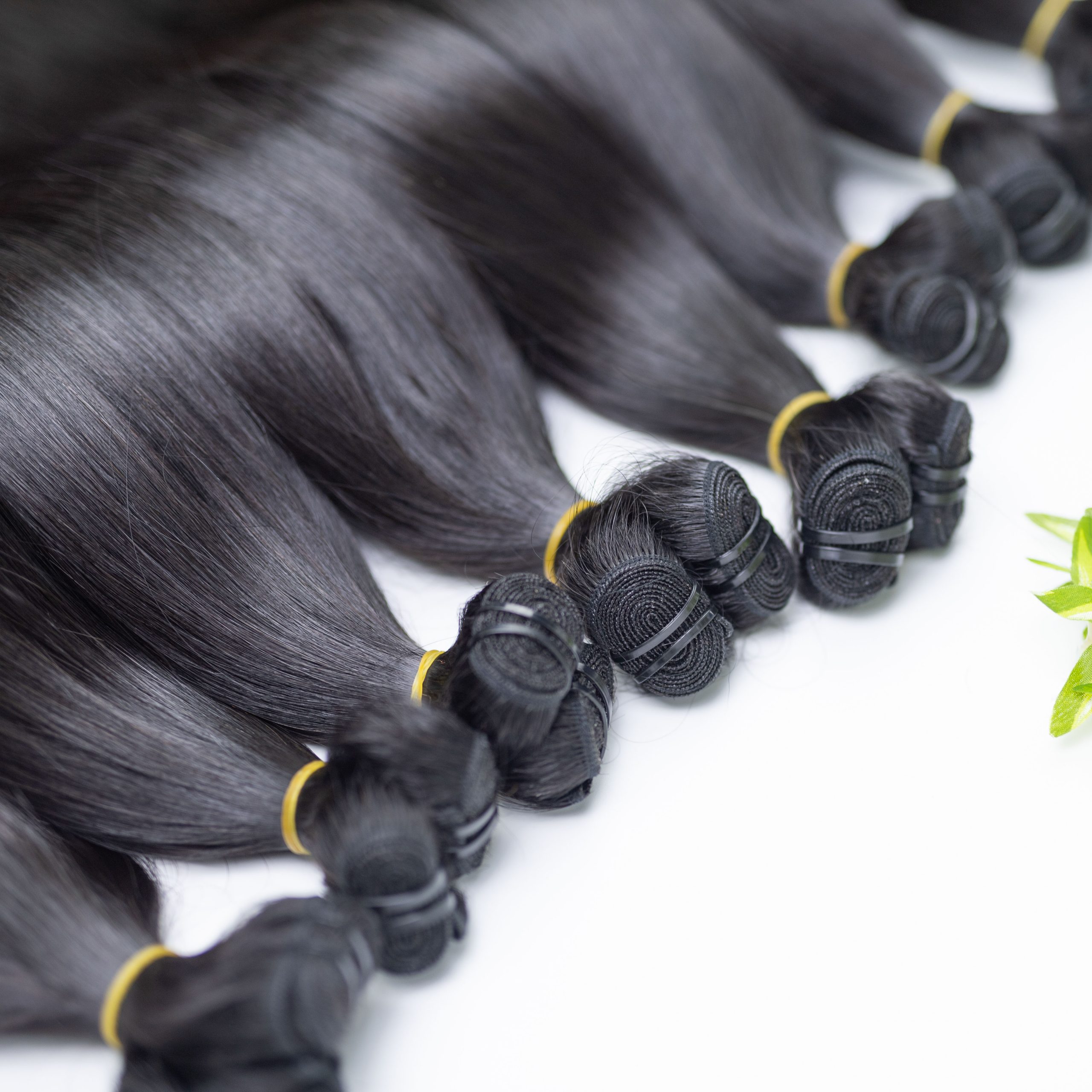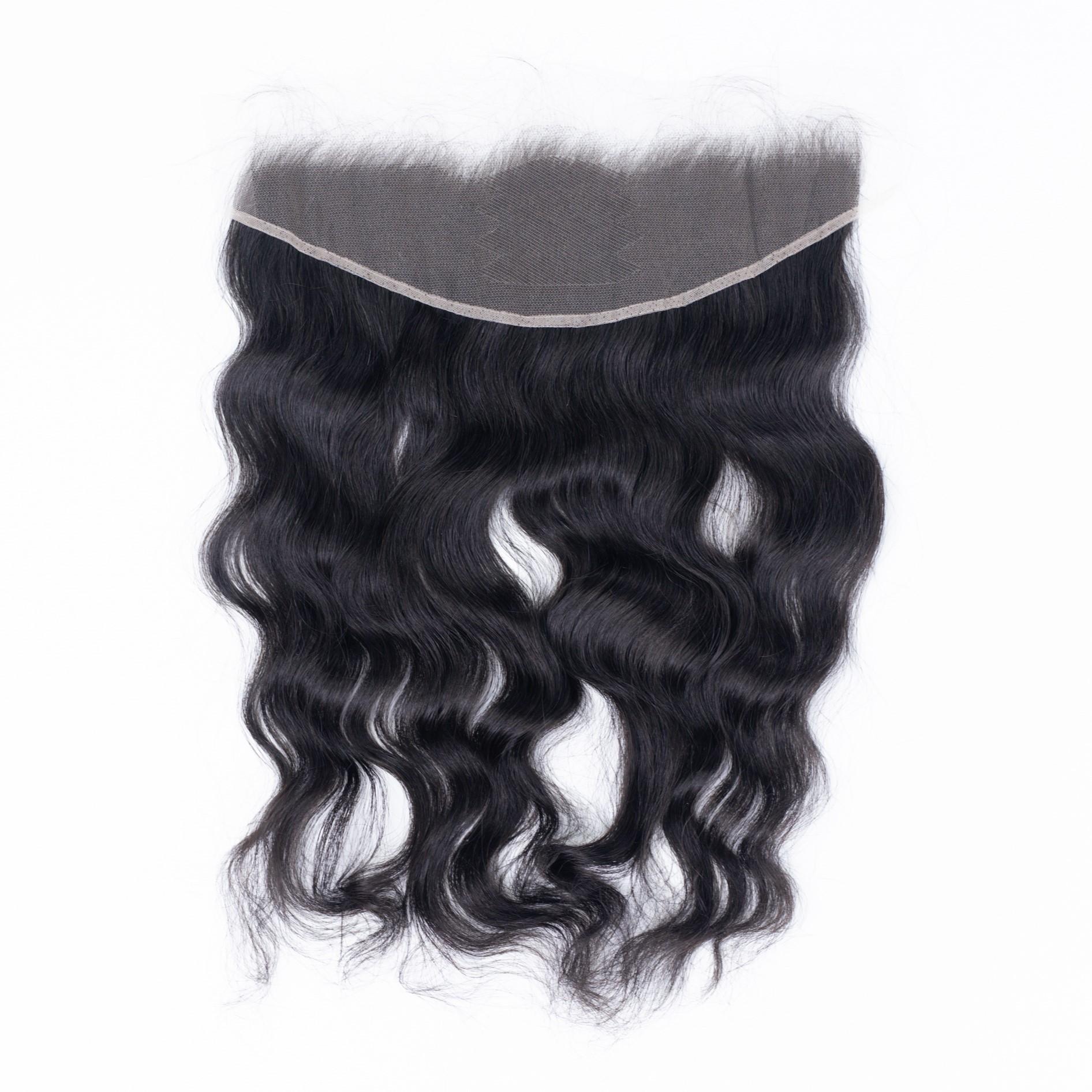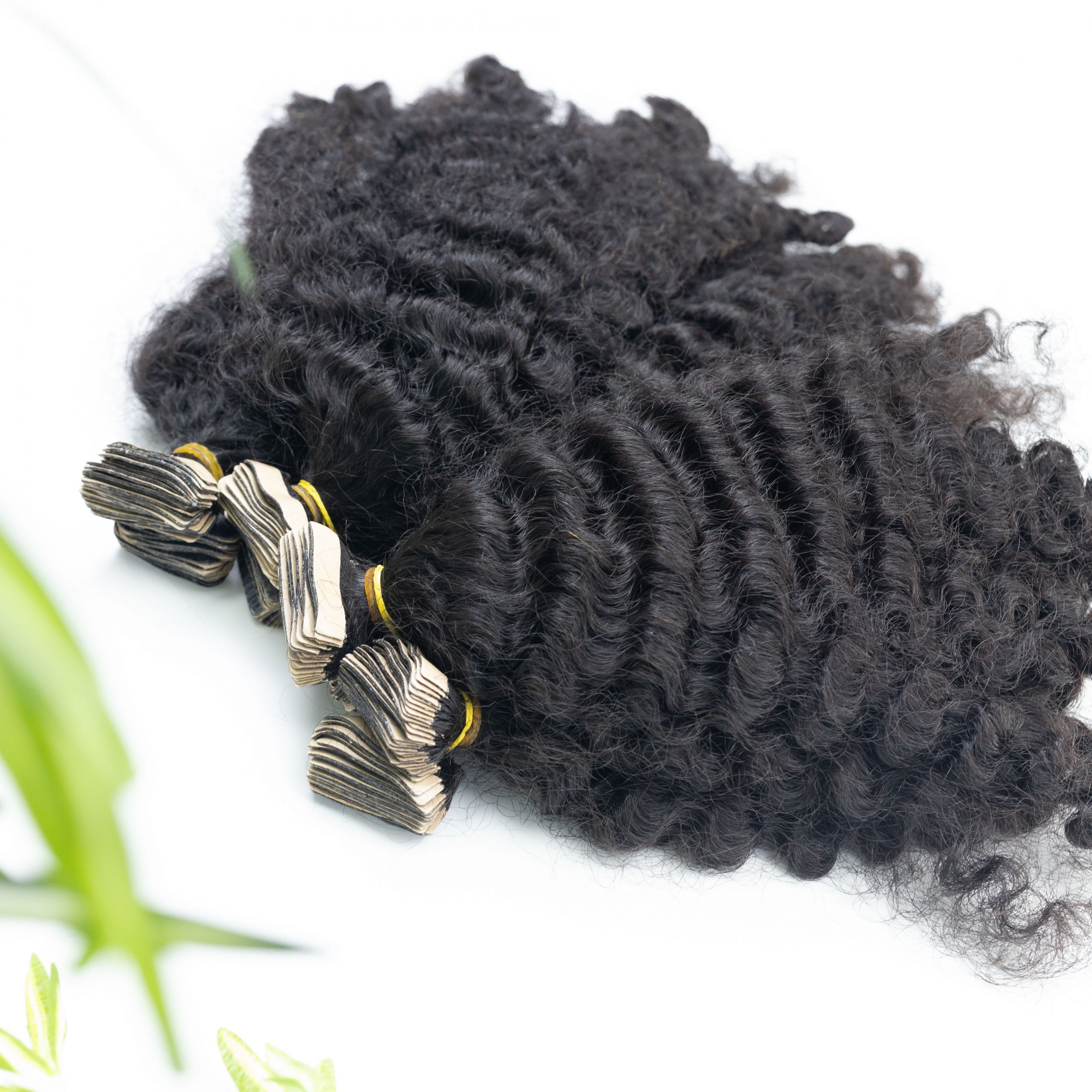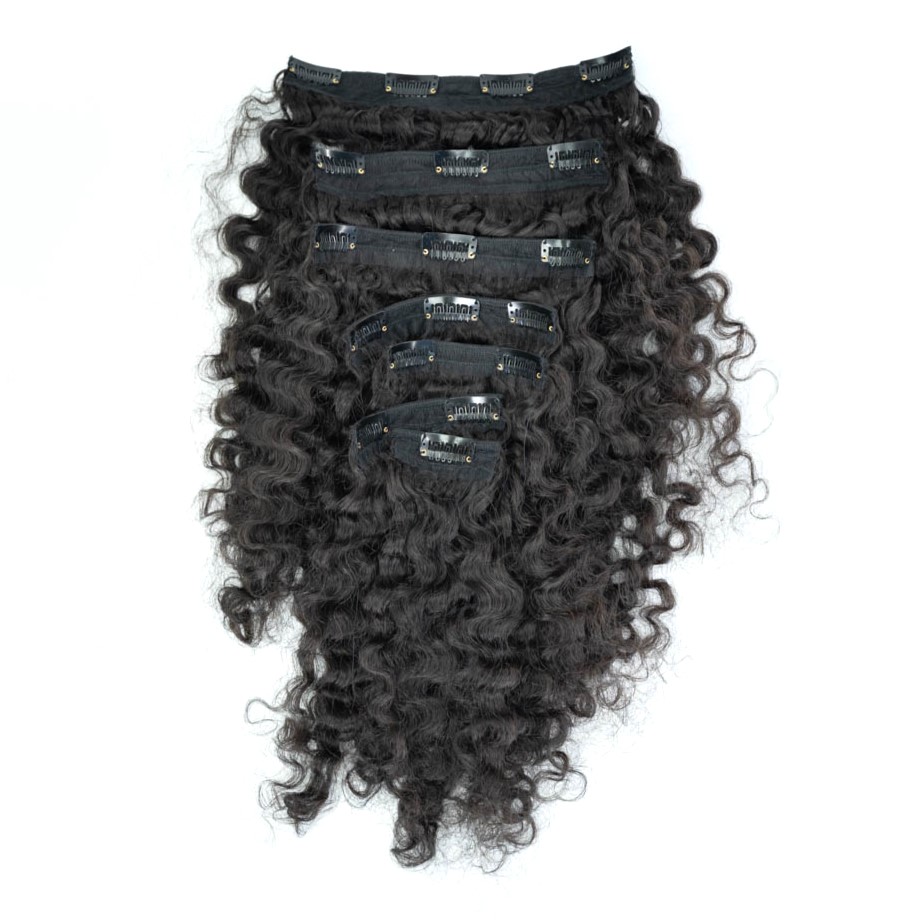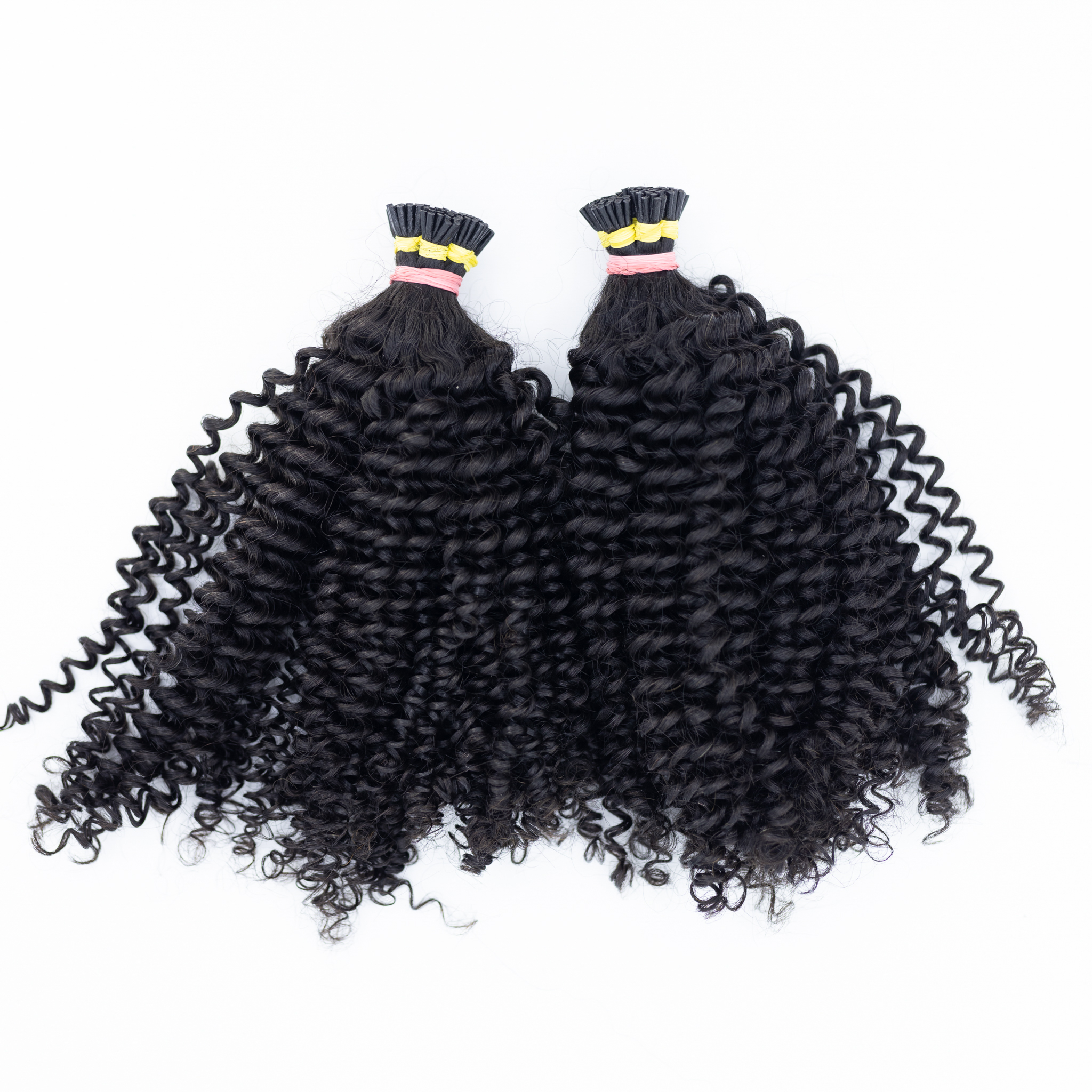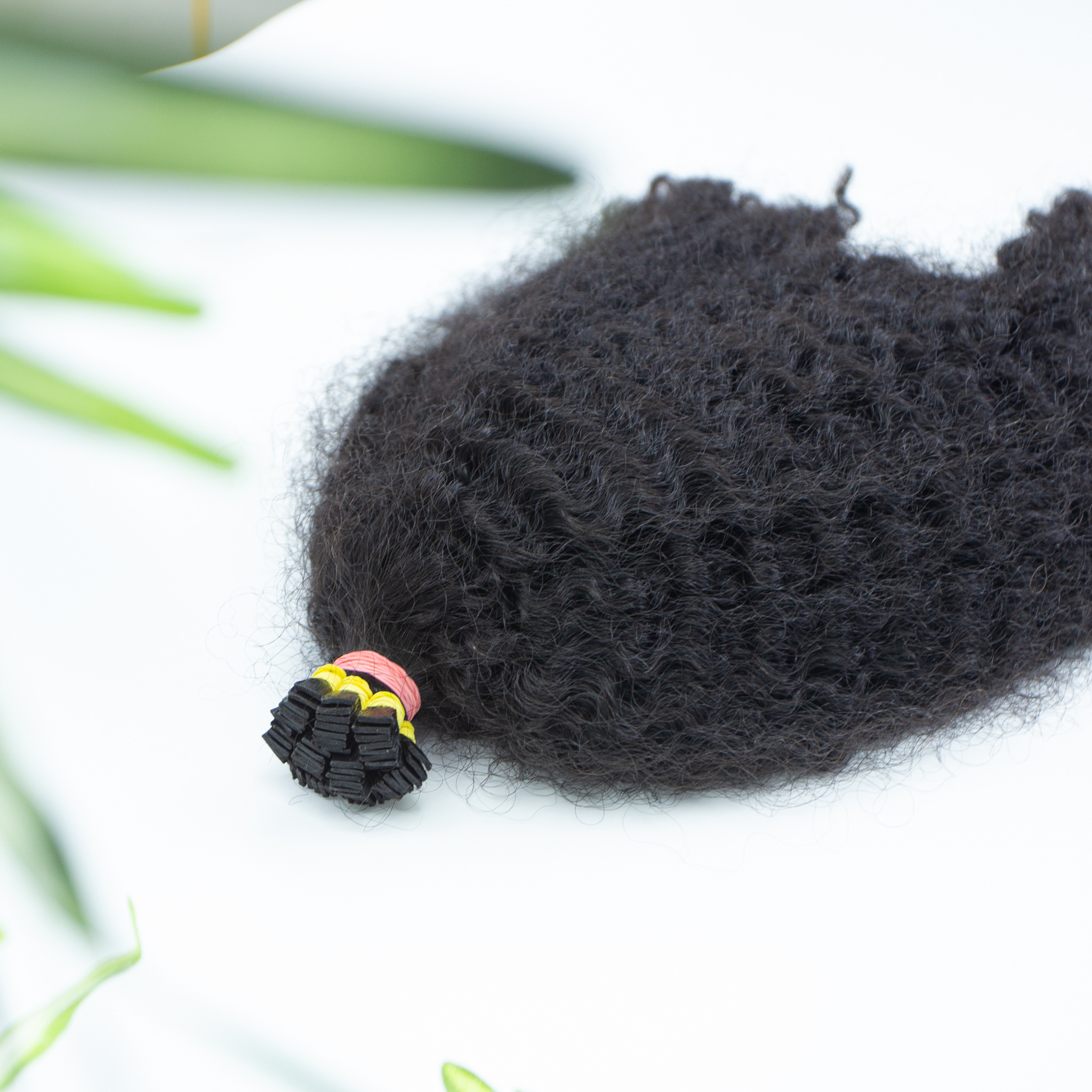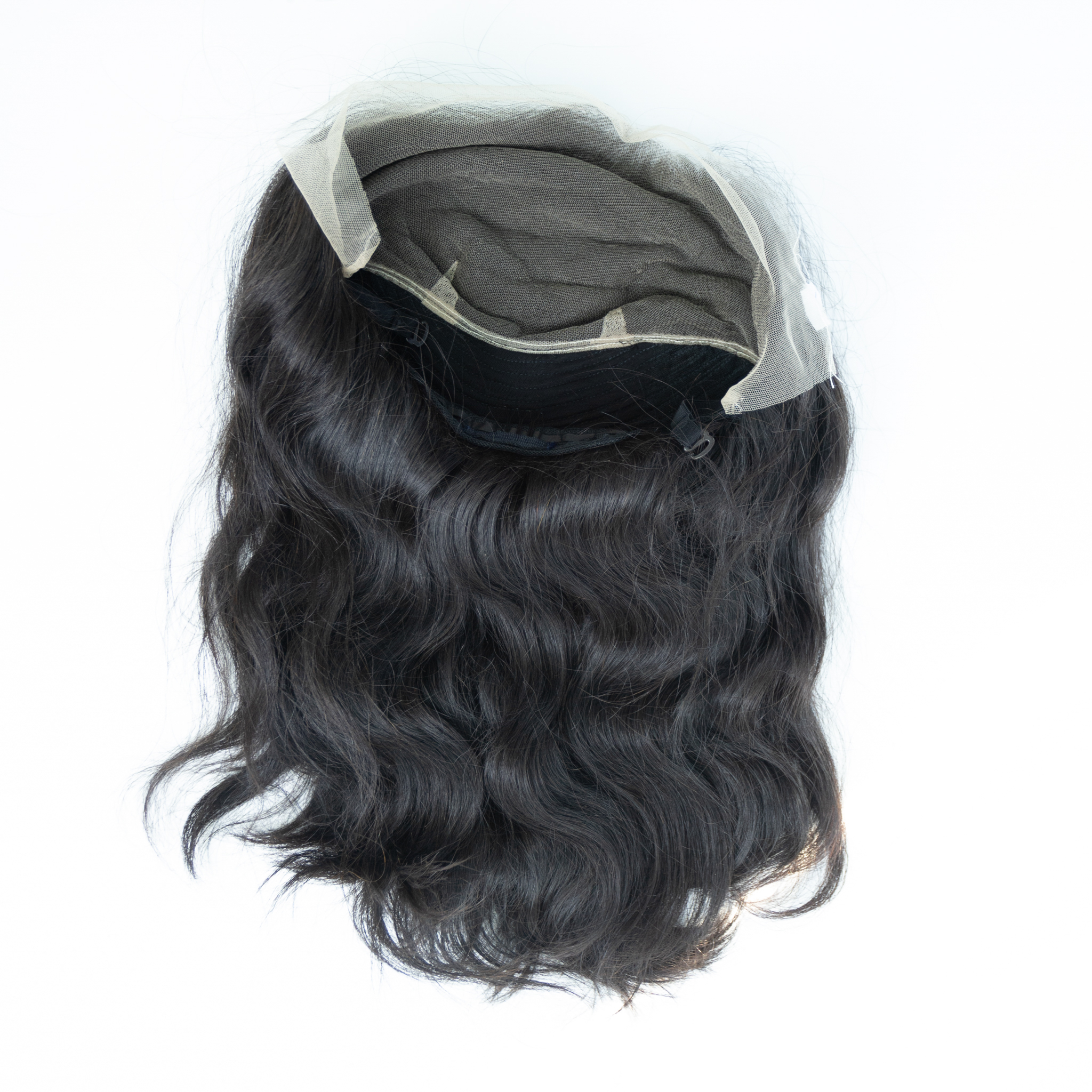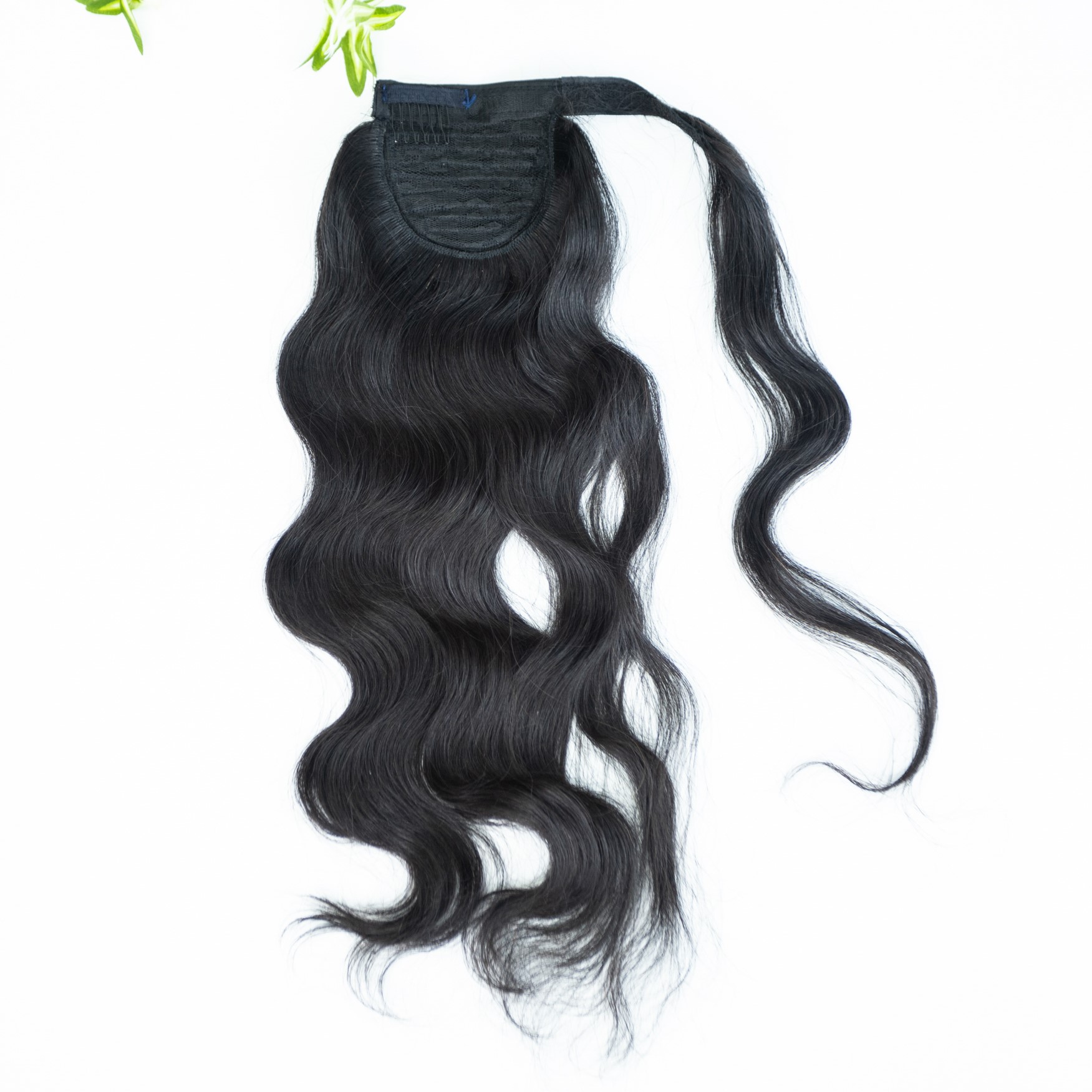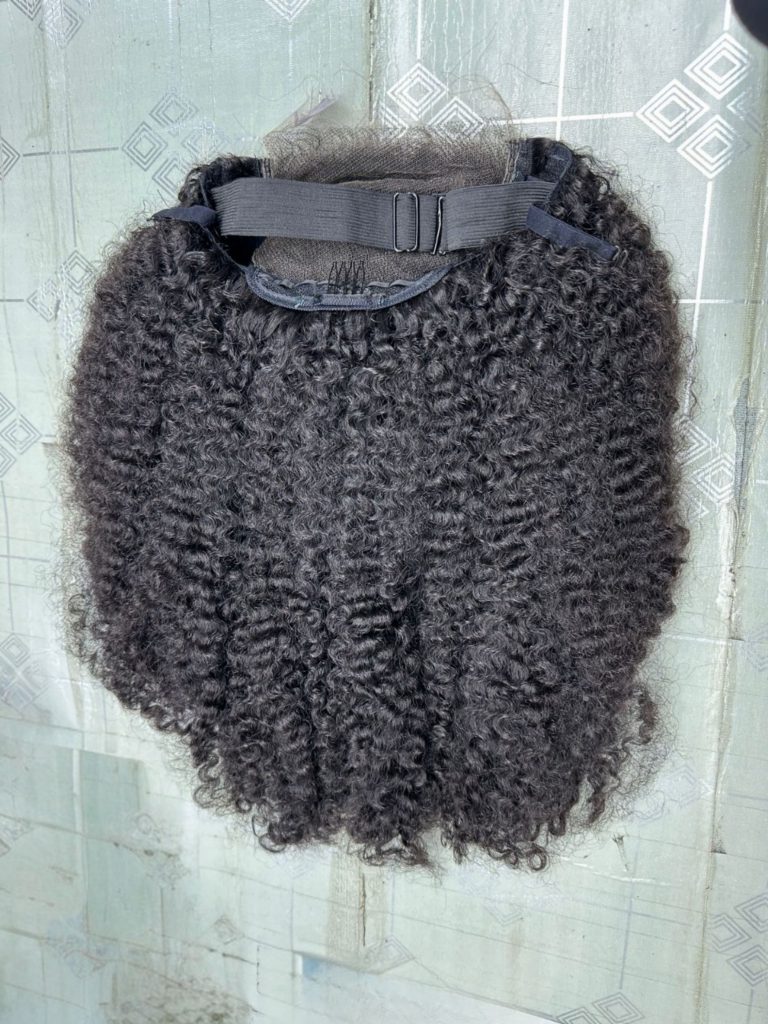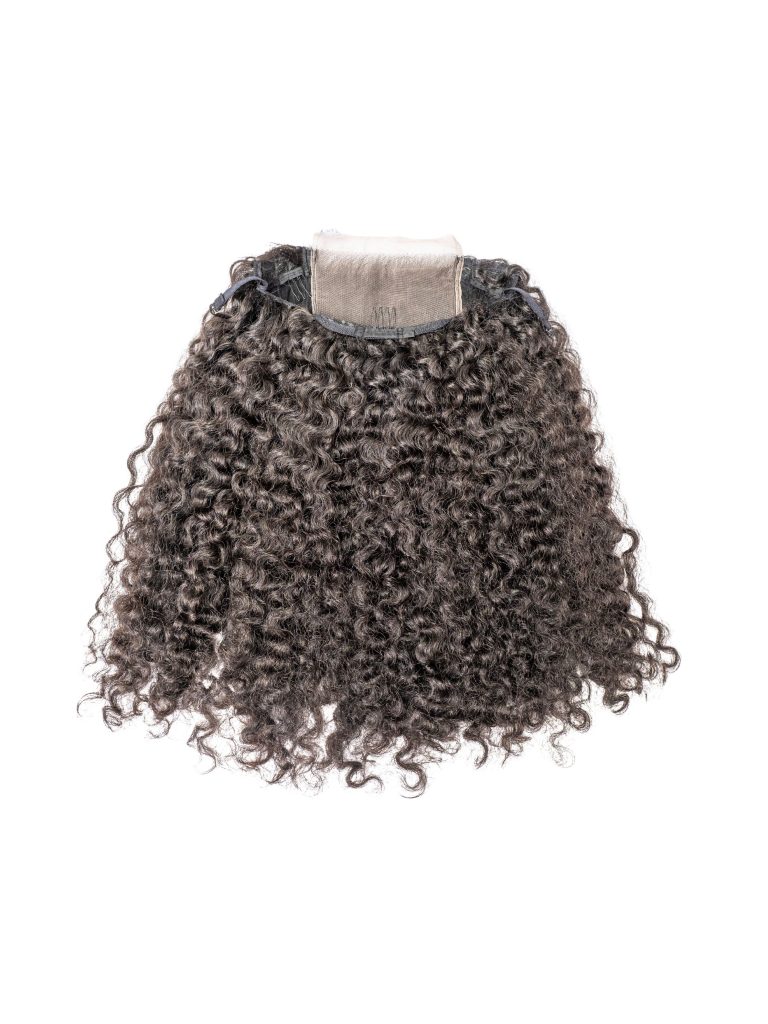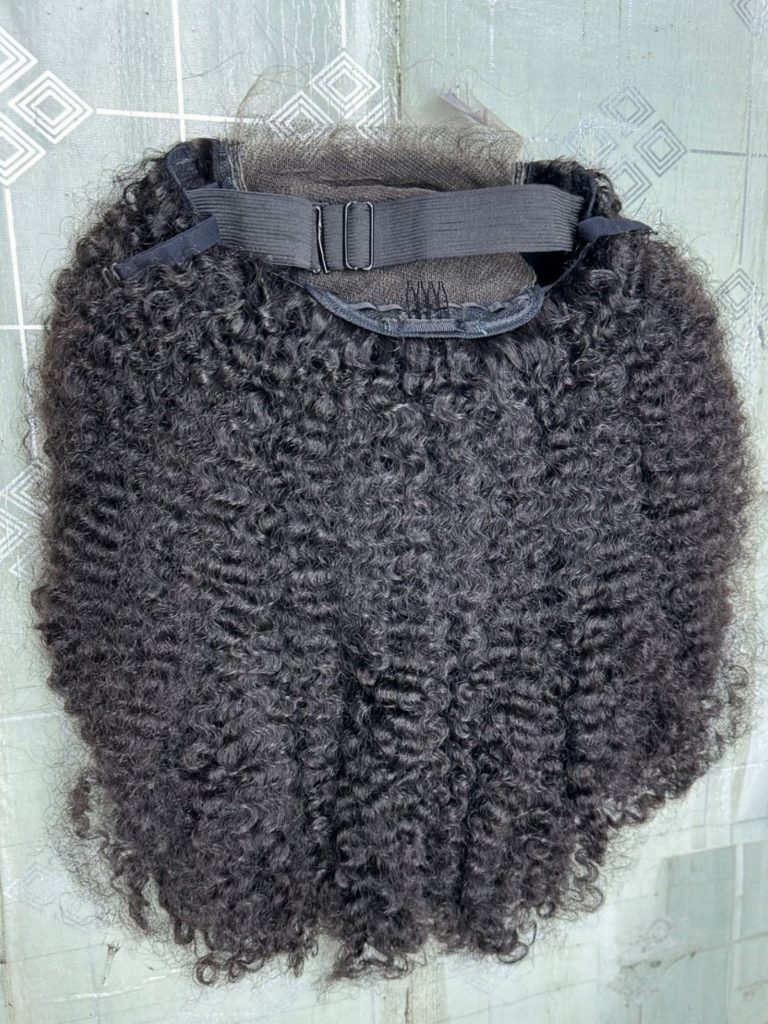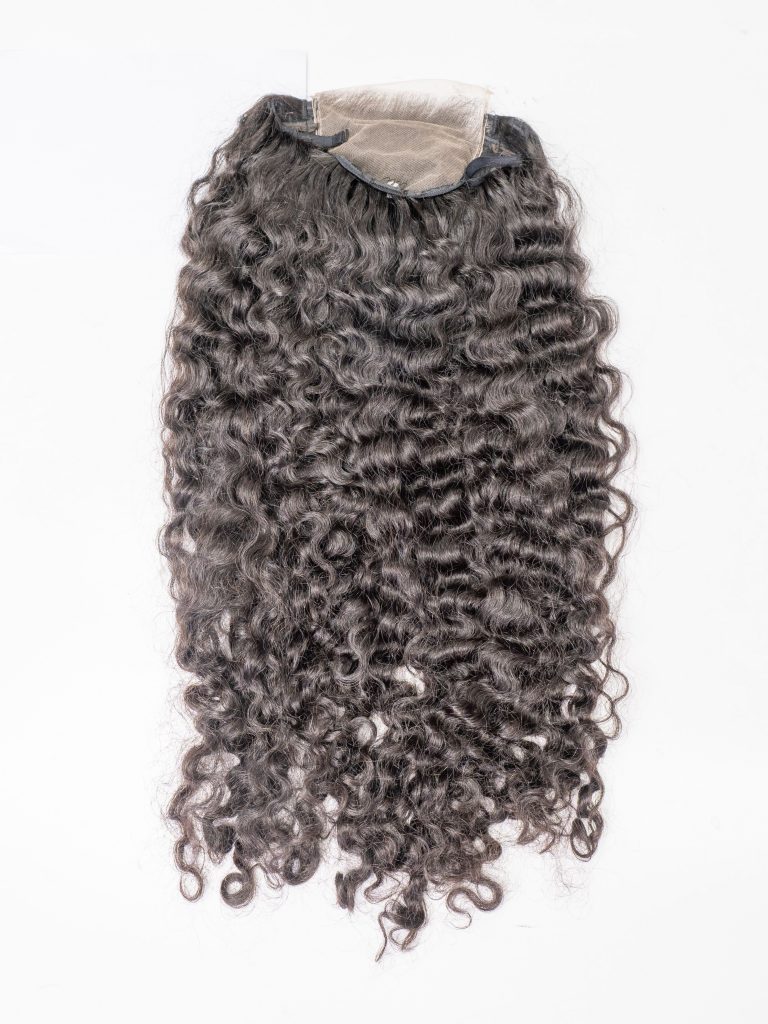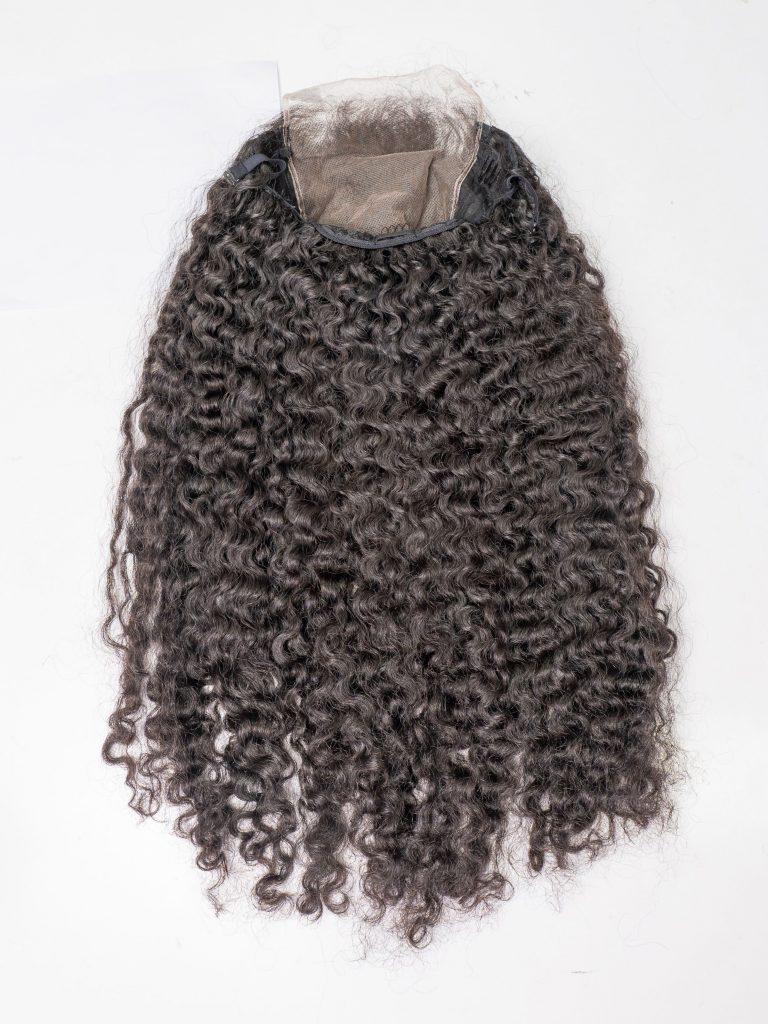Are you in the market for a new wig or hair extensions, but unsure whether to go for natural or synthetic hair? While both types of hair have their advantages and disadvantages, it’s essential to know the differences between them to make an informed decision. In this article, we will discuss the key distinctions between natural and synthetic hair and provide some methods for better identification.
Identifying Human and Synthetic Hair
When it comes to hair extensions and wigs, there are two main types of hair to choose from: natural and synthetic. While both have their advantages and disadvantages, it’s important to know the differences between them to make an informed decision. Unfortunately, many people struggle to tell the difference between natural and synthetic hair, which can lead to disappointment or frustration.
Synthetic Hair (Synthetic Fibers)
Synthetic hair is made from man-made fibers such as polyester, acrylic, or nylon. It is usually cheaper than human hair and can come in a variety of textures, colors, and styles. However, synthetic hair cannot be styled with heat tools and may not last as long as human hair. Hair:
Human hair, as the name suggests, is sourced from human donors. It can be processed and treated to achieve a specific texture, color, or style. Human hair is more expensive than synthetic hair but can be styled with heat tools, lasts longer, and provides a more natural look and feel.
Human Hair
Human hair, also known as Remy or virgin hair, is sourced from real individuals and undergoes minimal processing to preserve its natural qualities. It offers a more realistic look, feels softer, and can be styled using heat and chemical treatments, just like your own hair.
Key Distinctions Between Human and Synthetic Hair
| Synthetic Hair |
Human Hair |
- Made from artificial fibers like acrylic, polyester, or nylon.
- Generally lasts 3-6 months with proper care.
- More affordable than human hair.
- Can be heat-styled at low temperatures (under 350°F) but may melt or frizz at higher temperatures.
|
- 100% real human hair.
- Lasts longer than synthetic hair with proper care, up to a year or more.
- More expensive than synthetic hair.
- Can be styled with heat tools like curling irons and flat irons just like your own hair.
|
Materials Composition
As mentioned earlier, synthetic hair is made from man-made fibers, while human hair is sourced from human donors. Synthetic fibers are often coated with silicone to give them a shiny and smooth appearance, but this coating can wear off over time.
Lifespan
Synthetic hair typically lasts between 1-3 months, depending on how often it is worn and how well it is taken care of. On the other hand, human hair can last up to a year or more with proper care and maintenance.
Price Range
Synthetic hair is generally cheaper than human hair, with prices ranging from $20 to $100. Human hair, on the other hand, can cost anywhere from $100 to $1000, depending on the quality and length of the hair.
Styling
Synthetic hair cannot be styled with heat tools and may not hold up well in humid or wet conditions. Human hair, on the other hand, can be styled with heat tools, washed, and colored, providing more versatility and styling options.
Methods to Identify Human and Synthetic Hair
By understanding these employing identification methods, you can make an informed decision when choosing between natural and synthetic hair options, ensuring you invest in the product that best suits your needs and preferences.
Texture and Feel
Synthetic hair often has a uniform texture and feel, while human hair may have slight variations in texture and thickness. Human hair also tends to feel softer and more natural to the touch.
- Run your fingers through the hair. Human hair has a smoother, softer texture, while synthetic hair may feel coarse or plastic-like.
Weight:
Synthetic hair is usually lighter than human hair, which can make it easier to wear but may also cause it to look less natural. Human hair is heavier and may require more styling products to hold it in place.
- Hold a small section of hair in each hand. Human hair feels heavier than synthetic hair of the same length and volume.
Burn Test
One of the easiest ways to identify synthetic hair is by conducting a burn test. Take a small strand of hair and hold it over a flame. Synthetic hair will melt and produce a chemical smell, while human hair will burn and produce a smell similar to burning hair.
- This test should be done with extreme caution and in a well-ventilated area. Hold a small strand of hair with tweezers and bring it close to a flame. Human hair will burn with a distinct odor of burnt protein, while synthetic hair will melt and emit a strong chemical odor.
Color Variation
Synthetic hair often comes in a range of vibrant and unnatural colors, while human hair usually has more natural-looking shades. Additionally, human hair may have slight variations in color throughout, while synthetic hair usually has a uniform color.
- Examine the hair closely for natural color variations and subtle highlights. Synthetic hair often has a uniform, artificial-looking color.
Remember: These methods are not foolproof, and it’s always best to consult with a professional hair stylist or wig maker if you’re unsure about the type of hair you’re dealing with.
Conclusion
In conclusion, knowing how to distinguish between natural and synthetic hair is essential for making informed decisions when purchasing wigs or hair extensions. By understanding the key distinctions and using the methods outlined in this article, you can confidently choose the right type of hair for your needs. Remember, while synthetic hair may be cheaper, human hair provides a more natural look and feel, lasts longer, and can be styled with heat tools.
